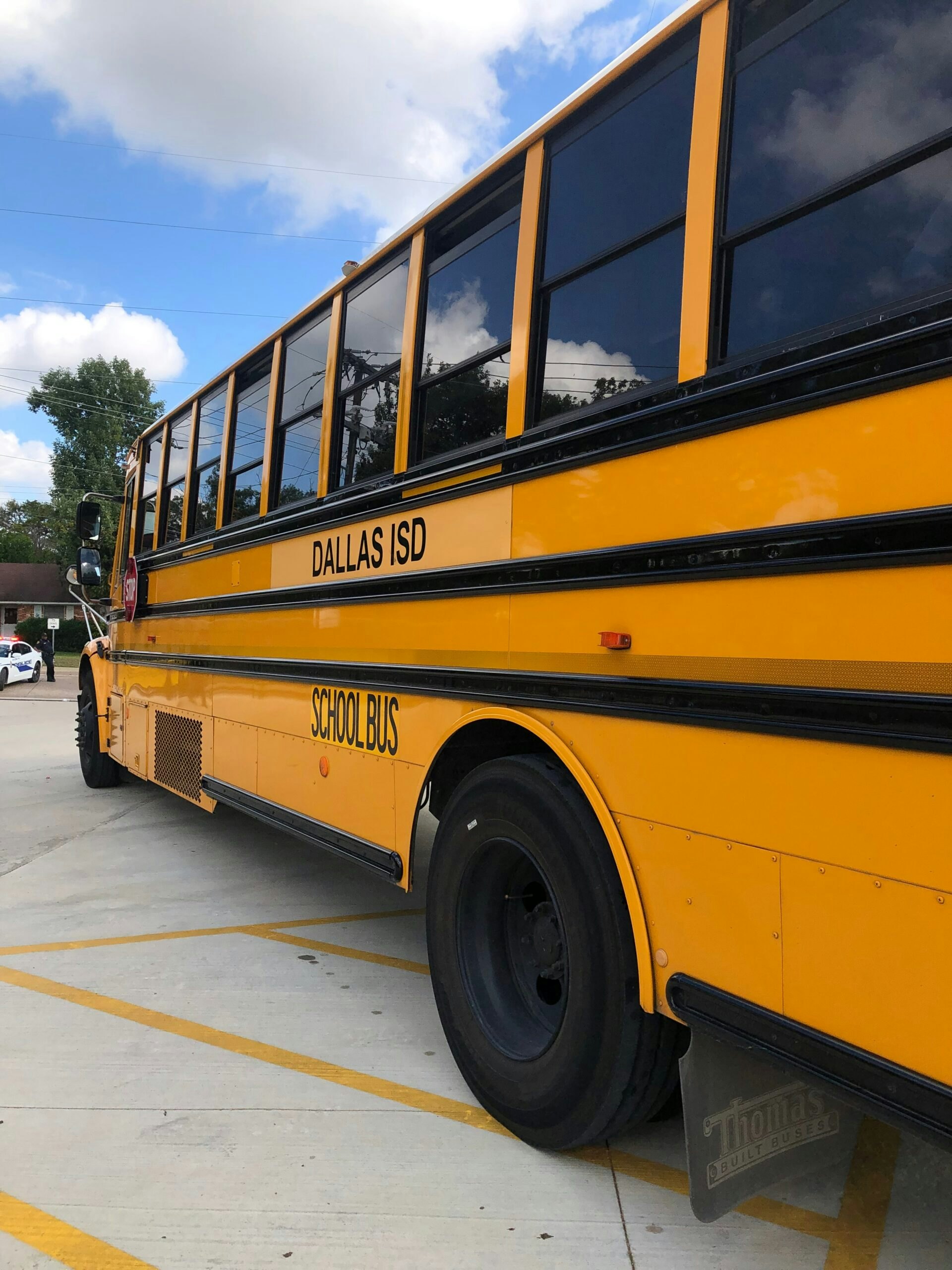Insights from Bush Institute immigration expert Laura Collins
Arrests, detentions, and deportation flights have dominated the headlines since last month, and a month into the administration is a good time to check what’s really happening. Immigration and Customs Enforcement stopped giving daily updates on arrests earlier this month, and CBS News reported that the agency has had to release from custody some migrants it arrested rather than detain them while they await removal.
While the numbers tell one story – overcrowded detention facilities and expensive removals – the anecdotes paint a particularly painful picture. This story of the Texas dad detained while on an errand to purchase baby formula is a reminder that this administration’s policies don’t just focus on public safety threats. This man is undocumented, but he’d already begun a legal process to get a green card. He’s doing what many Americans ask of the undocumented – to do things the “right” way, through a lengthy, complicated, and outdated process.
While some may not think this family deserves compassion, stories like this should make us all think about what we want our immigration system to be. Do we want a system that provides opportunities for people to migrate legally and contribute? Or do we want to spend time and money chasing people whose only crime is being here without prior authorization?
Immigration is important to the future prosperity, vitality, and security of the U.S. Legal migration is the goal. But until Congress creates a new immigration system to ensure that success, there will be undocumented immigrants who live, work, and raise families in the U.S., no matter what the enforcement priorities of the administration are.
Figure of The Month
$28,500
That’s how much money the U.S. spent per hour to remove migrants on a C-17 military aircraft to Guatemala. The hefty price tag estimated by Reuters is higher than ICE charter flight estimates, which range from $8,500 to $17,000 per flight hour.
Data Dive
- The U.S. welcomed 818,500 new naturalized citizens in 2024, a 7% decrease from last year. The top five countries of birth were Mexico (13.1%), India (6.1%), the Philippines (5.0%), the Dominican Republic (4.9%), and Vietnam (4.1%).
- Since President Donald Trump’s inauguration, Mexico has received 10,964 deported migrants, of whom 8,425 are Mexican and 2,539 of other nationalities. Mexican President Claudia Sheinbaum emphasized that the increase remains marginal.
- El País breaks down the distribution of the 10,000 soldiers sent by Mexican President Claudia Sheinbaum to patrol the Southern Border. The forces will be spread across six border states in Mexico—Baja California (3,010), Sonora (1,987), Chihuahua (2,620), Coahuila (1,017), Nuevo León (623), and Tamaulipas (743) – and 18 municipalities.
What I’m Reading
- The Office of the Coordinator for Afghan Relocation Efforts (CARE), a State Department effort to help relocate Afghans vulnerable to the Taliban due to their support of the U.S. government, has been told to start planning for closure. Hundreds of thousands of Afghans are still awaiting permanent resettlement, and it is unclear what support the U.S. government will continue to provide, if any, once CARE closes.
- Immigrants admitted to the U.S. under Biden-era parole programs often applied for other legal immigration programs, like Temporary Protected Status and asylum. USCIS announced it will pause all immigration applications filed by those individuals, including Uniting for Ukraine and the CHNV parole program. By pausing these applications, the U.S. government is undermining these immigrants’ attempts to use existing legal migration pathways.
- The Wall Street Journal details the chilling effect on the economy that ICE raids are having, with immigrants across multiple industries afraid to show up to work – whether they have legal work authorization or not.
- The Trump Administration’s plan to house 30,000 migrants at Guantánamo Bay would be costly and difficult to manage, according to an analysis by the Niskanen Center. Holding the current 15 detainees is expected to cost U.S. taxpayers over $663 million in 2025. The existing facilities can only accommodate 814 people, meaning shelters would need to be built for the remaining 29,000.
- A report by the Mixed Migration Center analyzes migration trends in Latin America and the Caribbean for Q4 2024, revealing a sharp decline in migration through the Darien Gap, fewer Venezuelans leaving the country following the election, and a surge in mass displacement due to escalating gang violence in Haiti.
Bush Institute Insights
- In his latest piece, the Bush Institute’s Senior Program Manager for Global Policy Albert Torres examines President Trump’s executive order that designates drug cartels as Foreign Terrorist Organizations (FTOs), analyzing implications for U.S. policy, financial networks, and international cooperation in combating organized crime.
- In my latest blog post, I argue that the implementation of President Trump’s executive orders would shift the balance of our immigration system towards enforcement instead of creating much-needed pathways for legal immigration that would benefit the country.
- I recently spoke with Editor-in-Chief of The Catalyst: A Journal of Ideas from the Bush Institute Jonathan Tepperman about the benefits of legal immigration and what the U.S. can do to reform its flawed immigration system.
- Global Policy Fellow Jessica Ludwig and I co-wrote policy recommendations calling for renewed U.S. engagement in the Western Hemisphere. In fact, the recent immigration trends we have been witnessing are symptoms of growing instability in the region. We outline actionable steps that Congress and the Trump Administration should take to work with allies and strengthen transparency and democracy.
- I contributed to a Los Angeles Times piece discussing the shortage of health workers in California being exacerbated by immigration crackdowns. I emphasized that the main issue is not immigration enforcement, but rather the lack of policies to bring essential foreign workers into the country.
- America’s economy relies on foreign workers. Yet, our current system would need a major overhaul to maximize the economic benefits of immigration. I recommend that Congress take action by reforming the legal immigration system, raising or removing per-country caps on green cards, and funding global refugee support programs.




























